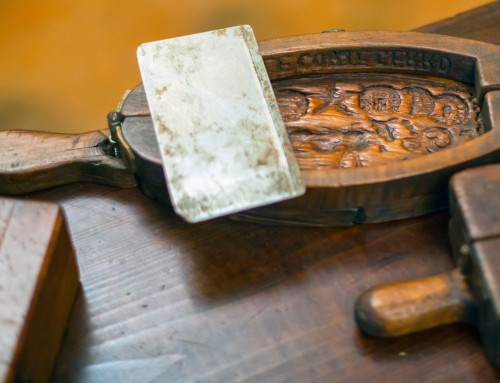How can product designers choose the right biocomposites?
The designers have a variety of choice with biocomposites that offers different aesthetics and haptics based on the type of natural fibers, the fiber size and percentage of fibers used in making the biocomposites.
Manufacturing process for biocomposites is similar to that for plastics. Product designers should be aware of three key variables when using biocomposites to make their products more sustainable.
Fiber size, type / source of natural fibers and the percentage of fibers in the biocomposite composition are three features of biocomposites that designers can choose before production. These parameters are typically selected during the design phase and will have a significant bearing on the look and feel of the finished product. For new products, the mould design will need to take into account the biocomposite choice in order to get desired results.
Key considerations while choosing the size of the fiber
When we use longer fibers with relatively lower aspect ratio, they will be more prominently visible in the finished product, giving it a more natural appearance. On the other hand, products moulded with biocomposites made from finer-sized fibers, will appear more like they were formed from traditional plastic. If the appearance of being natural is important to the overall product, designers will be better served by larger particle sizes.
When we use longer fibers, their dispersion within the biocomposite may not be uniform resulting in the haptics which is similar to traditional plastics. Haptics are more natural with smaller-sized fibers when compared to longer fibers.
When we use longer fibers, the surface gloss is much better due to lower interference from the moisture within the fibers. With fine-sized fibers, the surface area exposed to moisture increases and hence they reduce the gloss level of the surface on the finished product.
Bigger fibers are not suitable for thin-walled products, especially in the case of injection moulding process. In order to accommodate bigger fibers, mould should be designed to ensure there is enough room for the fibers within the biocomposites to fill the mould during the manufacturing process.
While playing with colours, bigger-sized fibers provider better freedom and control over colours, when compared to the finer-sized fibers. The finer-sized fibers have a lot more influence on the overall colour, usually making it darker due to thermal exposure during the process of making biocomposites and subsequently moulding finished products.
Key considerations while choosing the type / source of the fiber
The type of natural fiber selected as the organic filler for the biocomposite will also affect the color of the final product. Items manufactured using a rice husk, birch wood and well-maintained bamboo support lighter and brighter colours than coffee husk, coir and pine needles.
Harder fibers such as bamboo, coir and pine needles are not suitable for thin-walled products, especially in the case of injection moulding process. In order to accommodate harder fibers, mould should be designed to ensure there is enough room for the fibers within the biocomposites to fill the mould during the manufacturing process. It is relatively easier to make biocomposites with softer fibers such as rice husk, wheat straw and spent barley.
Key considerations while deciding percentage of fiber
The higher the percentage of the fibers used in the biocomposites, the more natural the product appears and feels in hand. The percentage of fibers have a lot more influence on the overall properties and rheological behaviour of the material and hence the functionality of the finished product. It is best to discuss this aspect in consultation with your biocomposite manufacture and moulding partner. This will ensure that things flow smoothly from conception through execution.
If you’re a designer and would like to discuss what biocomposites could do for your product, we’d love to speak to you and share our experience. As a platform, we support our customers starting from concept until the products are manufactured and if necessary, participate in efficient management of its end of use as well.






